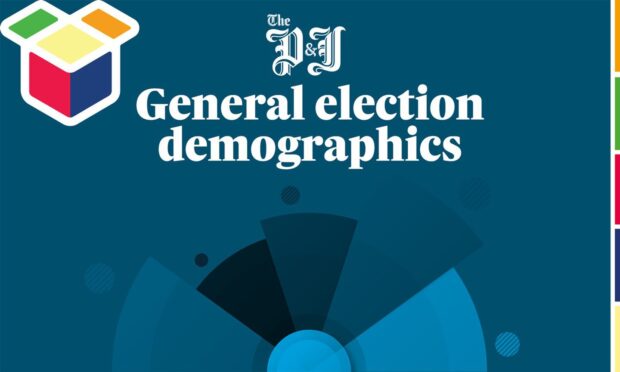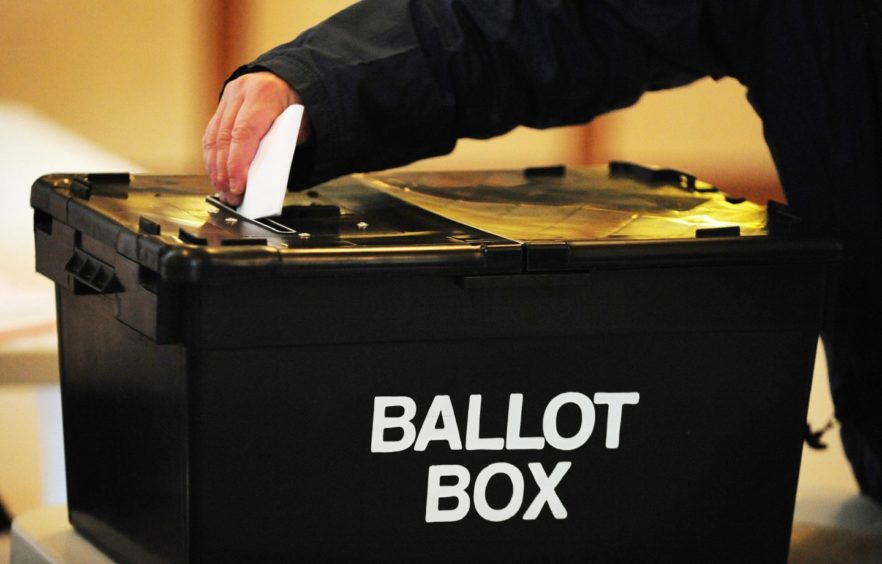Who are the Scottish candidates fighting for a seat in the UK Parliament?
The next general election is due to be held on July 4 and will give residents the opportunity to elect someone new, or re-elect popular politicians to represent them in the UK Parliament as an MP.
Placing your vote is important to ensure that your voice is heard, with the country split up into constituencies to make sure people are adequately represented.
We’ve looked at data around the candidates standing for this year’s election – how many are standing for each party, gender and age demographics and what their favourite biscuits are.
Who is standing in the north and north east?
Many constituencies have changed following a boundary review across the UK.
Na h-Eileanan an Iar and Orkney and Shetland are not subject to review but voters in Aberdeen, Aberdeenshire, Highlands and Moray can expect changes to their areas.
The constituencies in these areas now also include: Caithness, Sutherland and Easter Ross, West Aberdeenshire and Kincardine, Aberdeen South, Aberdeen North, Gordon and Buchan, Aberdeenshire North and Moray East, Inverness Skye and West Ross-shire and Argyll, Bute and South Lochaber.
If you unsure of your constituency, you can use our postcode constituency checker to see the changes.
The table below shows the parties and general election candidates running in each of these areas.
Which party has the most general election candidates?
Scotland has lost two seats in the boundary review bringing the number north of the border down to 57.
The SNP, Conservatives, Liberal Democrats and Reform UK each have 57 candidates standing in the general election.
The Labour Party has 53 candidates with four standing for the joint Labour and Co-operative Party.
The description is used by candidates running jointly for both Labour and the Co-operative party.
Overall, 25 different parties have candidates standing in Scotland, as well as 25 individuals standing as independents.
Despite fewer seats, there are more candidates standing than in past two elections.
This year there are 424 candidates compared to 292 in 2019 and 266 in 2017.
The number of Scottish Green candidates in 2024 are double that seen in the last election.
There is also a higher representation of candidates from smaller parties as well as independents.
A rise in candidates from the Reform UK party as well as the addition of the Alba party have contributed to the rise in candidates.
While there were four people standing as independents in 2019, this year there are 25.
Gender split of candidates
In Scotland, 267 people standing for election gave their gender information to Community Interest Company Democracy Club when asked.
Democracy Club was founded in 2010 and collects information on candidates running in elections, as well as hosting a polling station finder and candidate database.
Not everyone answers this question, so this data is based on the people who give their information, not the total number of candidates.
The only party where more women were standing than men was the Scottish Green Party, which has 13 women and 12 men standing.
It is also the only party where people who gave their gender information identified as non-binary- there are four non-binary candidates standing this year.
The SNP has 51 candidates who gave their information, the largest number of all the parties with representation in Scotland.
Of those, 31 are males and 20 are female.
How old are the general election candidates?
We also looked at age data to see what the ages of the youngest and oldest people standing for election are.
Democracy Club collects year of birth data, but again it is optional for candidates to fill out.
A total of 118 people standing for election in Scotland filled out the question.
Of the people who gave their information, nine are under 30, with the youngest two people aged 24.
There are seven people standing who are aged 70 or older, with the oldest general election candidates two people aged 75.
The average age of election hopefuls is 50.
But what is their favourite biscuit?
Democracy Club collects a range of data from candidates across the UK who are standing for election.
This information is collated in order to make it easier for constituents to find out information about who they might vote for.
Within this profile, Democracy Club asks people a piece of information that might not be crucial for getting elected, but does give a fun insight into candidates.
Because who isn’t interested in what someone’s favourite biscuit is?
On reasons for adding the question, Democracy Club said: “Our user feedback shows that voters feel frustrated and disillusioned when asked to choose from candidates about whom they know nothing.”
Of those standing for election in Scotland, only 42 people answered the question.
There was no clear winner when it came to the top biscuit choice.
Top choices included Caramel Wafers, where three people opted for the original version, and one person preferred the dark chocolate type and Custard Creams, where three people picked the classic biscuit and one other person specified their favourite was a vegan custard cream from a specific café.
Four people also picked Digestive biscuits, two opting for the chocolate version and two who just said Digestive.
Other popular choices included chocolate Hob Nobs, Ginger Nuts, Jammie Dodgers, shortbread and Caramel Logs.


Conversation